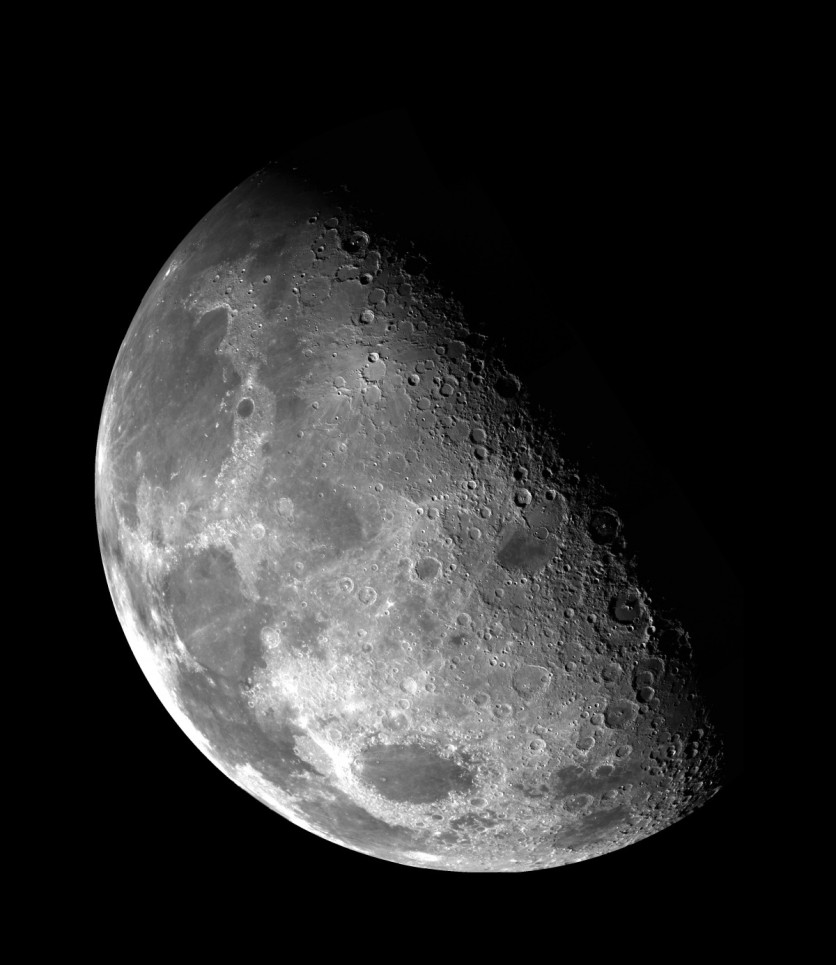
Solar radiation was recently found to become a more important source of tiny lunar iron nanoparticles compared to previous thoughts, according to the findings of scientists. This new finding notes that asteroid impact and solar radiation could have a stronger effect on the moon.
Solar Radiation and Asteroids Effect on Lunar Iron Nanoparticles
According to Odishatv.in, asteroid impacts as well as solar radiation affect the moon in quite unique ways due to it lacking the protective magnetic field as well as atmosphere that strongly protects Earth's inhabitants. Both asteroids as well as solar radiation are responsible for breaking down lunar rocks and soil and thus forming iron nanoparticles, some of them smaller and some of them bigger.
These iron nanoparticles are reportedly detectable from instruments on certain satellites that are orbiting the moon. A whole team that was led by the Northern Arizona University or NAU scientists reportedly used data coming from the National Aeronautics and Space Administration or NASA as well as the Japan Aerospace Exploration Agency or JAXA spacecraft in order to understand just how quickly iron nanoparticles form on the moon over a period of time.
Scientists Findings on Gravity of Solar Radiation
The scientists' findings have just recently been published in the official journal Geophysical Research Letters. Doctoral candidate Christian Tai Udovicic noted that they have thought for quite a long time that the solar wind has just a small effect on lunar surface evolution. They found out that well in fact, it could actually be the more important process producing iron nanoparticles.
Christian Tai Udovicic is a doctoral candidate at the NAU's Department of Astronomy and Planetary Science. Udovicic also added that since iron absorbs a significant amount of light, very small amounts of these particular particles can be detected from quite far away. This makes them a great indicator of change on the Moon, as also reported on Spaceref.
Read Also: Hubble Space Telescope Takes Photo of a Spiral Galaxy 68 Million Light-Years Away
Solar Radiation and Future Missions
Quite surprisingly the smaller iron nanoparticles actually seemed to form at a much similar rate as radiation damage in samples that returned from the official Apollo missions to the moon. This is a hint that the sun has a strong influence on their own information. SpaceX satellites were linked to 1,500 close encounters every week.
Udovicic noted that the study shows that the solar radiation could have actually had a much larger influence in the active change on the moon compared to what was previously thought. The effect stretches more than just the darkening of its surface but it could also create some small quantities of water that would prove unusable in future missions.
As NASA is now preparing to land the first ever woman and the next man on the moon's surface by 2024 as one of the main goals for the Artemis mission, understanding the solar radiation environment as well as the possible resources on the moon are deemed very important. China's mars rover explores Mars after concluding a 90-day mission in good condition.
Related Article: Blue Origin's Top Engineers and Employees Resigned After Jeff Bezos' Trip to Space
This article ios owned by Tech Times
Written by Urian B.
ⓒ 2026 TECHTIMES.com All rights reserved. Do not reproduce without permission.




